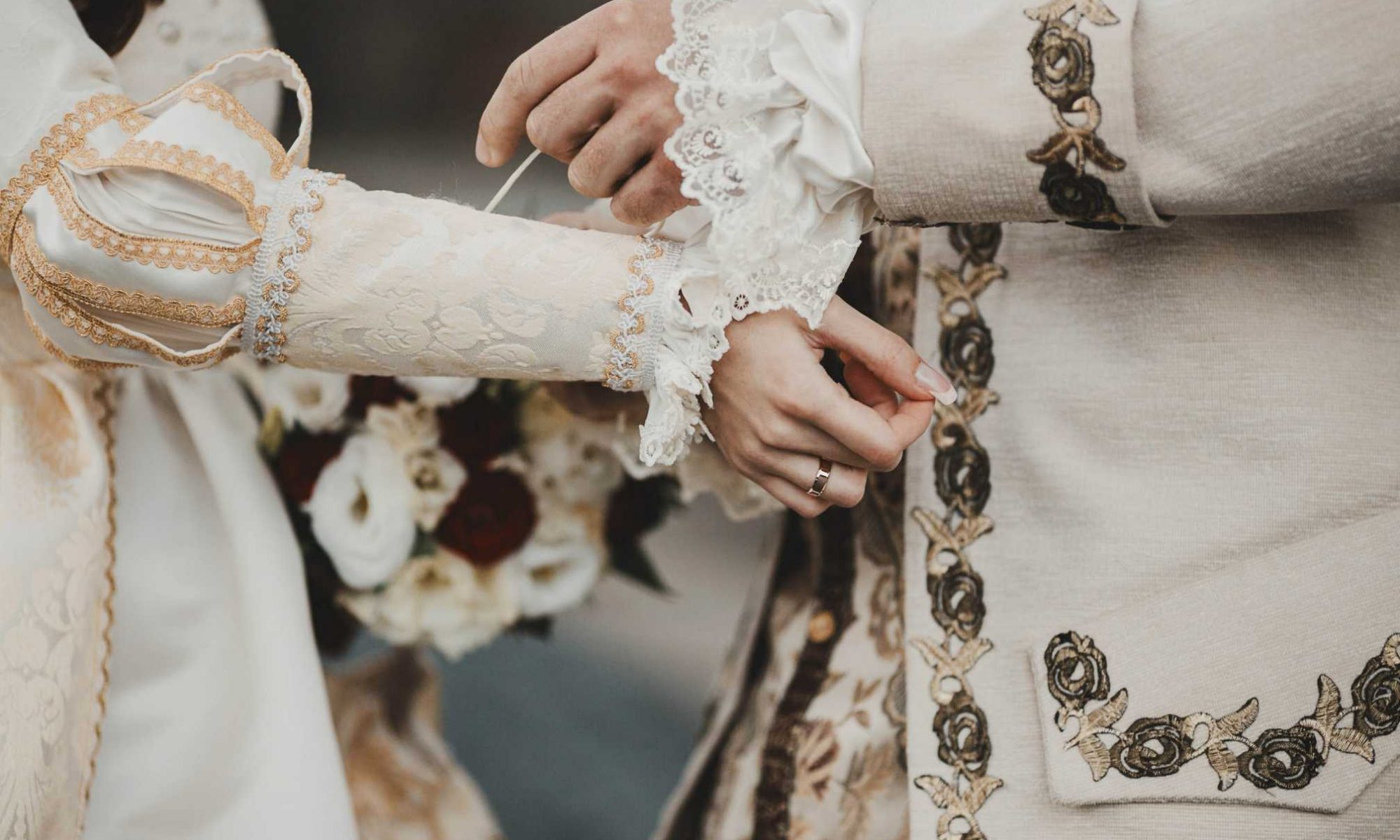
WEDDING BANDS: THE COMPLETE HISTORY
April 28, 2021
Nowadays, no wedding will ever be complete without the wedding bands. After all, the bands (or rings in some countries) are meant to be a symbol of the couple’s eternal love and devotion to one another and as such, they play an important role in every modern day wedding. However, believe it or not, the use of bands in weddings isn’t a new concept. In fact, it’s actually been around for longer than you may think.
Here’s the complete history of the wedding bands.
Ancient Times
According to archeologists, the use of wedding bands can actually be traced back to the era of Ancient Egypt in 4000 BC. This is because like so many customs, they believed that the union of marriage is never ending and the circular shape of a wedding band is the best way to represent this union. However, in those times, wedding bands weren’t made of precious stones and metals. Instead, Egyptian rings were most likely made from reeds, leather, or bone. Other than that, the customs of wearing the wedding band on the fourth finger of the left hand also originated from Ancient Egyptian customs as they believed in the “vena amoris” or the “vein of love”, which ran directly from one’s heart to the fourth finger of the left hand. A custom that is still being observed today.
After Alexander the Great’s conquest of Egypt, the custom of exchanging bands at weddings spread to the Greeks and once the Greeks were conquered by the Romans, they adopted the same customs as well. But of course, as with every adopted custom, the Romans put their own spin to the tradition. According to historians, the use of iron in rings originated from the Romans as they believed the increased durability of iron represented permanence better than the reeds and bones of the Ancient Egyptians ever did. During the heyday of the Roman Empire, Fede rings, which featured engravings of two hands clasped, and gold signet rings became very popular and by the 2nd century CE, most wedding bands were already made of gold.
The Medieval and Renaissance Eras
By 900AD, wedding ring traditions became widely adopted into European Christian marriage ceremonies. At this point, wedding bands are heavily engraved and stylized with precious gems being inlaid within them. Often, these included rubies to symbolize passion, sapphires for the heavens, and diamonds for strength. Unfortunately, as Europe’s Medieval era went by, the popularity of ornate wedding bands suffered as the Church denounced these bands for being overly lavish, which in turn led to the adoption of simpler and plain bands that are still being used today. However, the Church’s ban on ornate bands didn’t last long.
By the Renaissance Era, the extravagance of wedding bands made a significant comeback with the advent of “Gimmel Rings”, which are designs that are composed of multiple interlocking hoops that can be separated into individual, stand-alone rings. These rings were usually used as engagement rings and the betrothed couple would each wear one hoop during the engagement period and they would be rejoined on the bride’s finger during the wedding. Posy rings, which usually featured short engraved excerpts from poems or scriptures, also became popular during the Renaissance as it was during this era that couples were beginning to view unions as something personal instead of being merely a binding, legal agreement.
Wedding Bands in the East
In the East, wedding bands were also widely used back then but it wasn’t until recently did the sentiment toward the tradition change. In fact, the earlier version of Eastern wedding bands were seen as less romantic compared to Western bands. This is due to the fact that they often used puzzle rings, which would fall apart if a spouse were to take it off to make being unfaithful easier. This means that bands back then were considered as the physical representation of a binding contract rather than a symbol of a couple’s never ending love and devotion to one another.
Thanks to Western influence, however, the sentiment toward wedding bands in the East steadily changed.
Men and Wedding Bands
Nowadays, both men and women wear wedding bands once they’re married. However, while it may sound hard to believe, this wasn’t always the case. In fact, up until the past century, it was almost only women who wore bands despite the fact that the Church endorsed the exchanging of rings as a way to keep men faithful. This all changed, however, when the world was gripped with two world wars.
In such times of turmoil, there was a high possibility of men never being able to come back home and live out the rest of their lives in peace. As such, soldiers were getting married not just to affirm their love for their sweethearts but also to have someone to fight and survive for. In line with this, men also began receiving rings during their wedding day to have a memento of their wives as they fought on the front. This tradition continued throughout the Korean War and eventually, it spread to civilian men as well, leading to the dual ring tradition everyone keeps up with even today.
Planning to buy wedding bands for your special day? Don’t hesitate to turn to Vella Diamonds for your wedding and engagement ring needs. With our assistance, you’re sure to find the perfect rings for your wedding day.
